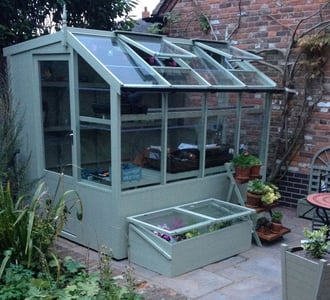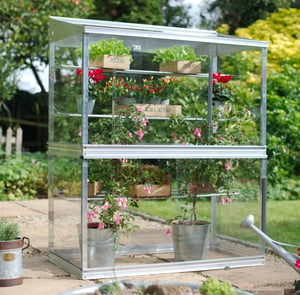The Ultimate Guide to Building and Maintaining Greenhouses
The Ultimate Guide to Building and Maintaining Greenhouses
Blog Article
Choosing the Best Greenhouses for Year-Round Gardening Success
Greenhouse garden is one of the most rewarding ways to grow crops year-round, but it takes careful preparing and techniques to make certain success. With controlled conditions, you are able to foster crops aside from outdoor temperature, but it requires the proper techniques to create a great atmosphere as part of your greenhouse.Here are some necessary tips to simply help your plants succeed through the year.

Focus on Temperature Control
Maintaining the proper temperature is crucial for greenhousegardening. Plants thrive in various heat ranges relying on their type, therefore it's essential to monitor and alter conditions accordingly. All through cooler weeks, invest in a trusted greenhouse heater or padding systems to maintain warmth. Use intelligent ports or fans in summertime to stop overheating, as conditions over 85°F can strain plants and stunt their growth. Coupling these programs with an easy thermometer enables you to keep a steady environment.
Manage Humidity Levels
While greenhouses normally maintain larger moisture degrees, an excessive amount of water may encourage form or mold growth. For a healthy harmony, calculate humidity frequently using a hygrometer. Strive for approximately 50-70% relative humidity, modifying with appropriate ventilation methods or even a dehumidifier if needed. Additionally, space crops appropriately guarantees better air flow, reducing the risk of fungal diseases.
Choose the Right Plants
Not absolutely all plants are ideal for greenhouses. To increase produce and achievement, select crops that arrange well with the summer season and your greenhouse conditions. During cooler months, grow crops like lettuce, kale, or broccoli, which succeed in a colder environment. Warm-weather crops like tomatoes, cucumbers, and peppers blossom in the spring or summertime within higher temperatures. Pairing complementary flowers also helps produce biodiversity and normally deters pests.

Use Quality Soil and Fertilizers
The quality of your land directly influences seed growth. Pick a nutrient-rich soil combine created specifically for greenhouse plants. Enrich your planting bedrooms with organic matter like compost to improve fertility. Frequently give your flowers with fertilizers matched with their needs—some plants might involve large nitrogen for leafy growth, while others prosper with potassium-rich mixtures for good fresh fruit development.
Practice Integrated Pest Management
Pests will find their way in to even probably the most controlled greenhouses. Present valuable bugs like ladybugs to target harmful pests such as for example aphids naturally. Check crops often and eliminate any pests physically if noticed early. Consider organic or compound remedies as a final resort but utilize them moderately in order to avoid hurting valuable germs and organisms.
For more information please click on this link www.greenhousestores.co.uk. Report this page